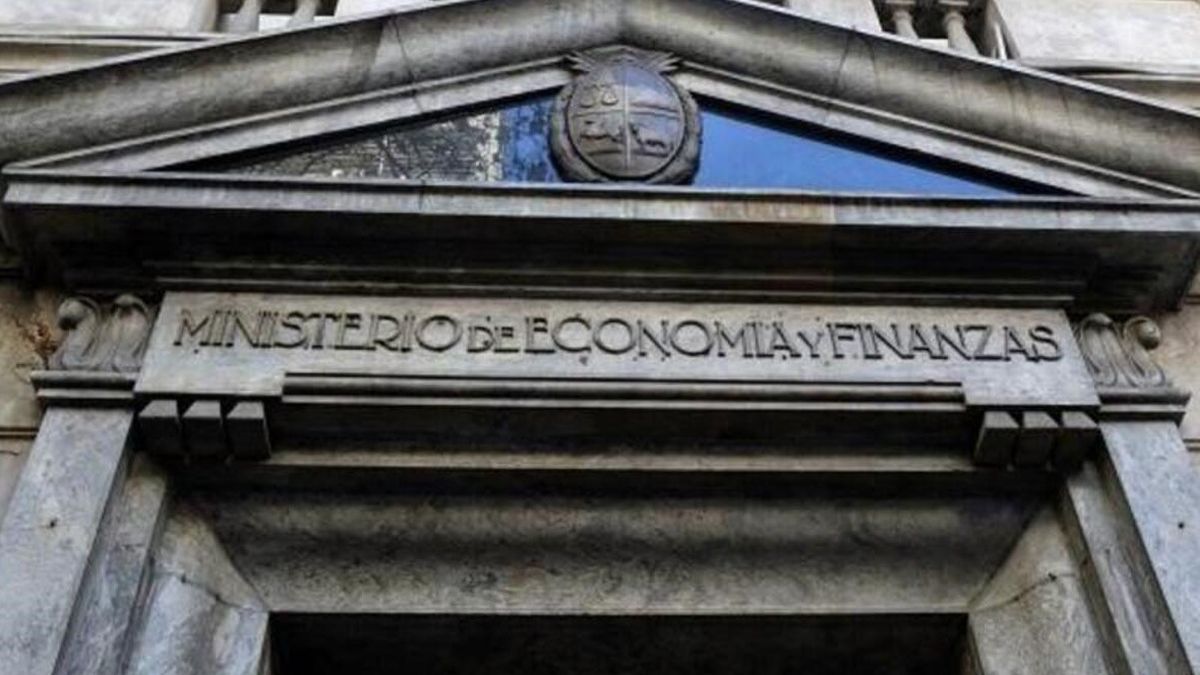The government updated the financing needs of Uruguay by 2023 by 2.11% upwards, according to the latest debt report published by the Debt Management Unit (UGD) of the Ministry of Economy and Finance (MEF).
Funding needs for this year were reviewed upwardgoing from the original amount that had been estimated in February of 4,210 million dollars to a new total of 4,299 million dollars. This means an increase of 89 million dollars compared to what was projected last February.
“He fiscal deficit (primary deficit plus interest payments) represents the 46.5% of borrowing needs (about 1,999 million dollars), while amortizations represent 52.9% of the total (about 2,274 million dollars). The remaining amount reflects the expected accumulation of government financial assets,” the report says.
In this sense, it is possible to notice that the adjustment of financing needs occurs in a context of increase in fiscal deficit: in February it had been 3.4%, while in March and April it remained at 3.6%.
On the other hand, the UGD document shows that the Net Government Indebtedness (ENG) projected, derived from the financial program is 1,939 million dollars, increasing with respect to the previous estimate of 1,893 million. By 2023, the legal limit of the ENG is located at 2,200 million dollars.
Likewise, the bond issuance remains the main source of financing, both in the domestic and international markets; and is projected at 3,825 million dollars. Meanwhile, loan disbursements with multilateral organizations are estimated at 396 million dollars this year.
At the close of the first quarter of 2023, the gross debt stock of the Central Government was estimated at 57.6% of the Gross Domestic Product (GDP)increasing 0.2 percentage points of GDP compared to the end of 2022. On the other hand, the net debt estimated was 54.3% of GDP, implying an increase of 1 percentage point compared to the end of 2022.
Besides, the proportion of debt in local currency in the total portfoliocontinued to increase, reaching 55% of the total —almost equal to the 55.3% reached at the end of 2012, the highest proportion of debt in national currency obtained. This is explained by the debt management strategy carried out by the government, whose objective is to ensure that most of the debt is in local currency and, thus, avoid a drag effect of possible imbalances in international markets and with the rate exchange.
Global bond in local currency
Within the debt financing and management strategy for the year, the MEF indicated in one of the points that “the Government will continue to seek opportunities to access the international bond market in local currencyat fiscally sustainable interest rates, that improve liquidity in secondary markets and encourage the diversification of the investor base”.
In this sense, in May 2021 Uruguay successfully issued a global bond in nominal pesos —without indexation to inflation— maturing in 2031.
On the other hand, the last history of the country in the international debt markets dates back to October of last year, when it placed the first Bond Indexed to Climate Change Indicators (BIICC) denominated in dollars maturing in 2034, and whose interest rate is linked to compliance with the achievement of environmental performance objectives.
At the end of the third quarter of 2022, the government’s liquid assets were 1,032 million dollars; In turn, other assets totaled 1,379 million dollars, and credit lines with multilateral organizations —such as the Inter-American Development Bankthe Andean Development Corporation and the Latin American Reserve Fund— totaled 1,815 million dollars. For the year 2023, the MEF projects a fiscal deficit equivalent to 2.6% of GDP.
Source: Ambito




